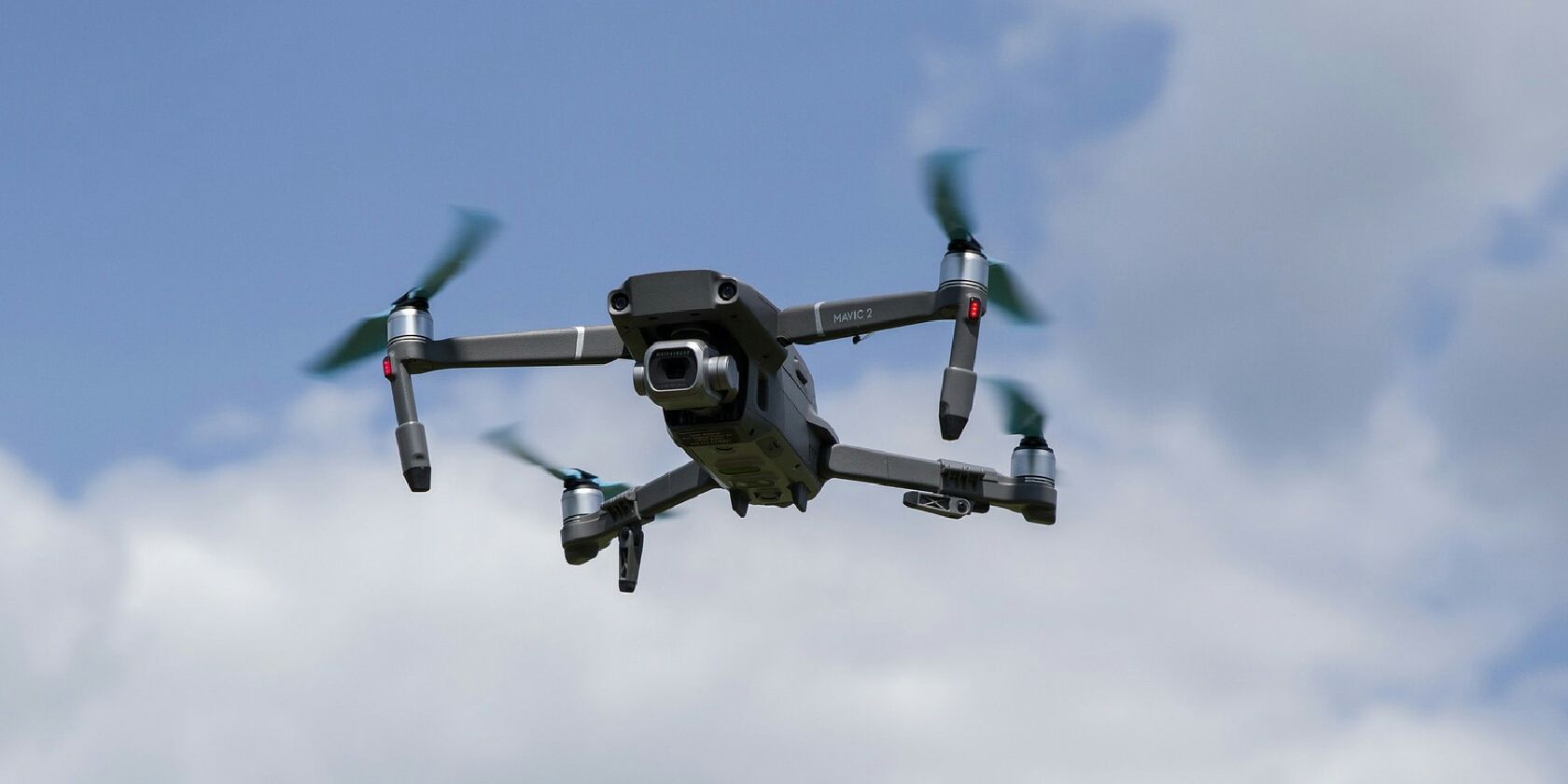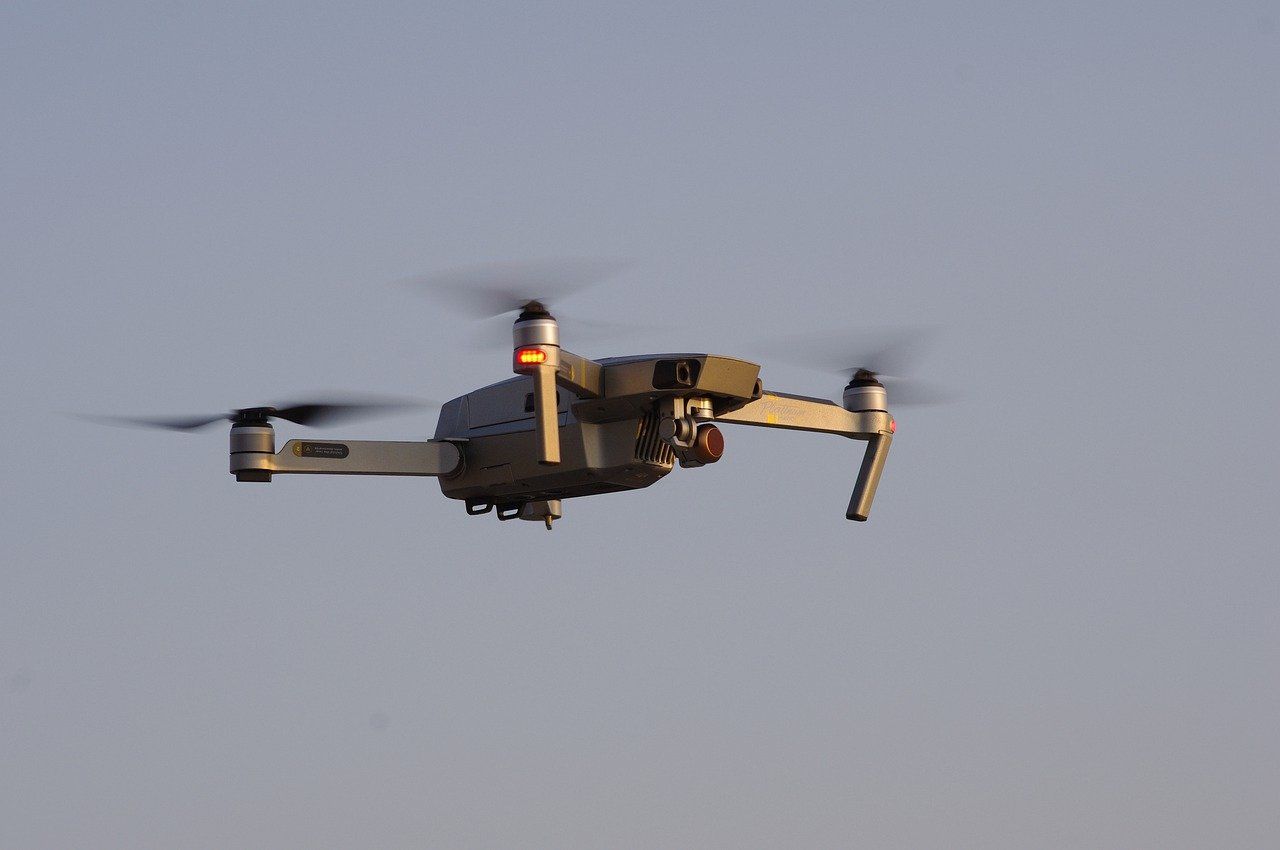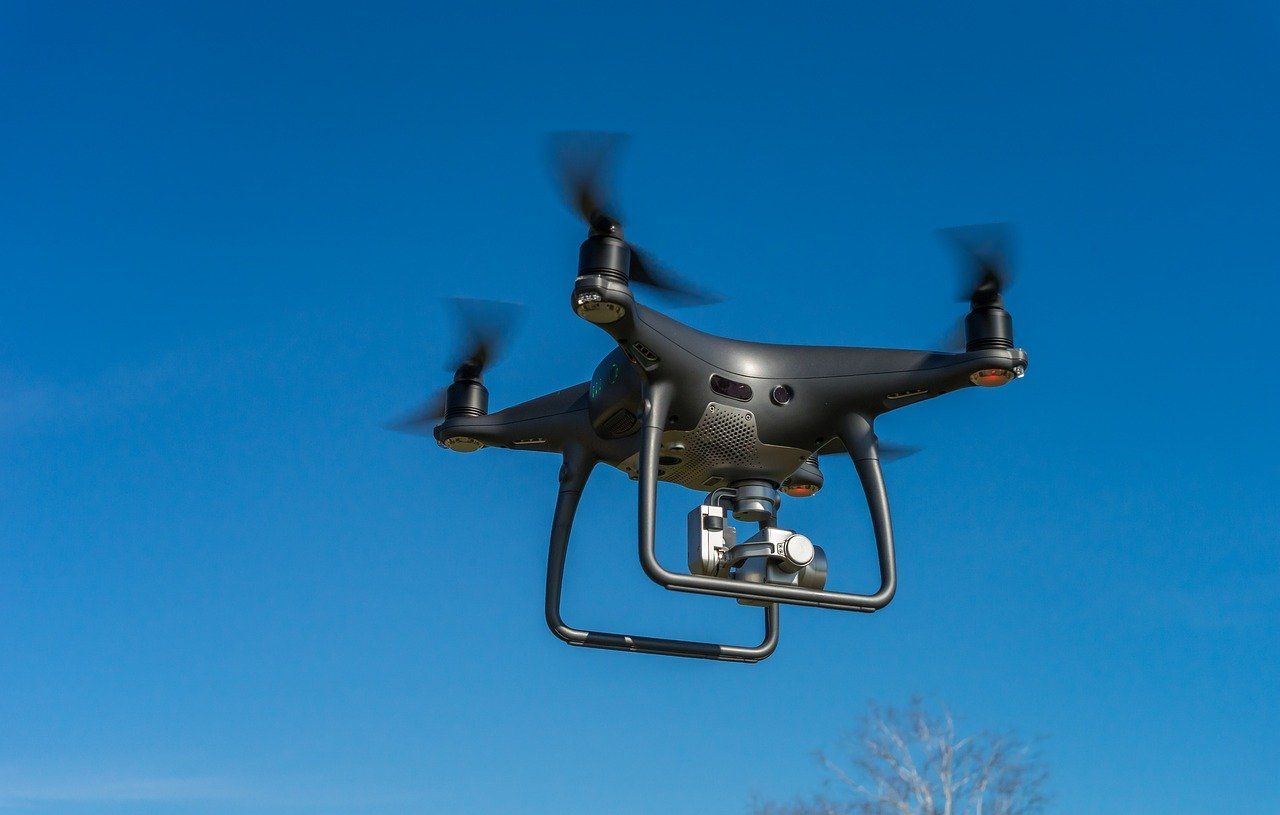Drones are growing in popularity every year, but they are still a relatively new technology. This means that when the average person buys a drone, they aren't entirely sure where they can fly it.
Drones are allowed in most parts of the United States. There are, however, a few restrictions designed to ensure public safety.
If you're about to purchase a drone, here's what you need to know about drone safety, drone regulation, and more.
Where Are Drones Not Allowed to Fly?
In general, you don't need permission to fly a drone below 400 feet, provided you are in uncontrolled airspace.
In controlled airspace, drones are either prohibited completely or only allowed with permission. These rules are for public safety, and breaking them is a serious offense.
Here are six places that you may not be allowed to fly a drone.
1. In Temporarily Restricted Areas
Temporary Flight Restrictions are often used to define areas where air travel is limited for a set period. A TFR will usually prohibit the use of drones completely.
Events that might cause a TFR include natural disasters, important political events, and military exercises.
2. Around Airports
Most airports are in controlled airspace. This means that you cannot fly near them without first getting permission.
Depending on the airport and the desired altitude, both recreational and commercial drone pilots can gain permission using an UAS Service Supplier.
This largely automated process allows drone pilots to gain permission using a mobile app rather than contacting control tower personnel.
Some airports are in uncontrolled airspace. You don't need to get permission here, but you still have to remain below 400 feet, avoid aircraft, and stay away from any take-off and landing areas.
3. Around Security Sensitive Areas
Some airspace is off-limits for national security purposes. Here, it's illegal to fly even below 400 feet, and you're unlikely to receive permission for any reason.
Examples of such areas include military installations, some national landmarks, and some types of critical infrastructure.
4. Around Washington, DC.
Washington, DC, has some of the strictest drone laws in the US due to the White House and other highly secure facilities.
You cannot fly within 15 miles of Washington DC without getting permission from the FAA in advance.
5. Around Sporting Events
It's illegal to fly within three nautical miles of certain sporting events. This rule applies to Major League Baseball, National Football League, NCAA Division One Football, and various Nascar races.
This rule applies one hour before the event and ends one hour after it. Similar rules exist in other countries.
6. Around Emergency Response
Drone operators are expected to stay away from emergency response personnel. It's a serious offense to interfere with any type of emergency situation.
While the exact definition of interference is open for debate, a drone operator can be fined up to $20,000 if they're found guilty of doing so.
How to Know Where You Can Fly a Drone
As a drone pilot, it's your responsibility to know where you are allowed to fly. Here are three easy ways of doing so.
1. Use a Drone Safety Map
The easiest way to keep track of restricted areas is to use a drone safety map. The FAA has a popular mobile app called B4UFLY.
It covers the entire United States, it provides a detailed map that shows all restricted areas, and if there's a location that you're unsure about, you can simply enter the coordinates on the app to check.
2. Use a Drone With Geo-Restrictions
Some drones now have built-in geo-restrictions. These are potentially more useful than drone safety maps because they prevent you from entering a restricted area by accident.
Drones with this technology cannot take off in restricted areas, and they will deaccelerate automatically when you attempt to fly into one.
At this time, geo-restrictions are primarily found in drones made by DJI, but other manufacturers will follow suit.
3. Look For No Drone Zone Signs
Sometimes if you're not sure about a particular location, all you have to do is look around. The FAA provides local government agencies with No Drone Zone signs.
If you see such a sign, it means that you are not allowed to take off or land a drone in this area. However, it's important to note that these signs only restrict take-offs and landings, they don't automatically mean that the airspace above the area is restricted.
Can You Fly a Drone Above 400 Feet?
If you're a recreational pilot, you are not allowed to fly a drone at an altitude of more than 400 feet.
The rules for commercial drone pilots are a little different. Commercial pilots are also limited to 400 feet, but the distance is calculated from the nearest structure. For example, they can fly within 400 feet of a tall building. Commercial pilots can also apply for a Part 107 waiver to fly higher.
These rules are designed to prevent drones from interfering with other aircraft. For example, the average passenger plane might fly at over 30,000 feet, but smaller aircraft such as helicopters routinely fly below 1,000.
Can You Fly a Drone Over People?
Before April 2021, you were not allowed to fly any drone directly over people.
A drone can now be flown over people, provided it weighs less than 55 pounds and doesn't have any rotating parts capable of causing lacerations. Heavier drones can also be used in specific circumstances.
Do You Need a Licence to Fly a Drone?
Before flying a drone in the United States, you need to take an online test. And if you want to make commercial flights, you need to get a Remote Pilot Licence.
If you opt for a Remote Pilot Licence, you can also apply for a Part 107 waiver. This allows the holder to do things otherwise prohibited, such as flying above 400 feet and flying without a line of sight.
Drone Restrictions Don't Automatically Prevent Arguments
The rules for flying a drone are primarily based on public safety. This means that they don't prevent activities likely to cause arguments with members of the public.
If you'd like to avoid this outcome, it's a good idea to keep public etiquette in mind when deciding where you fly.
It's also useful to remember that drones are still very misunderstood. Many potential arguments can therefore be avoided by simply explaining what you are doing.



